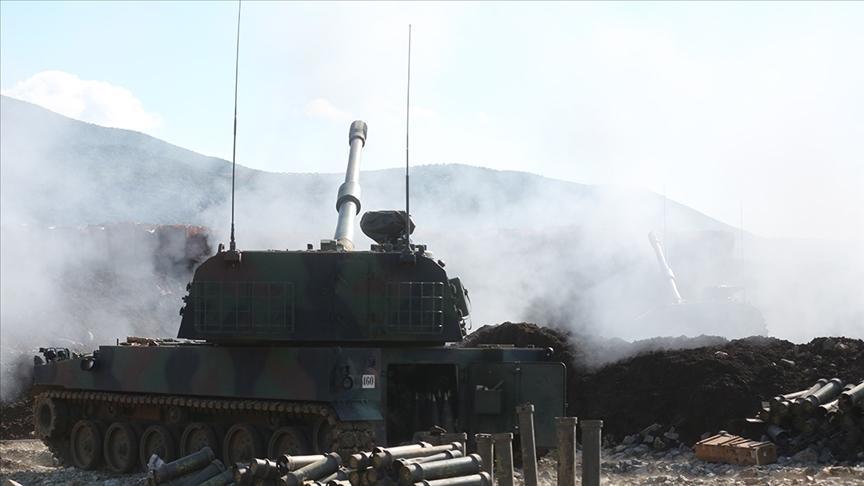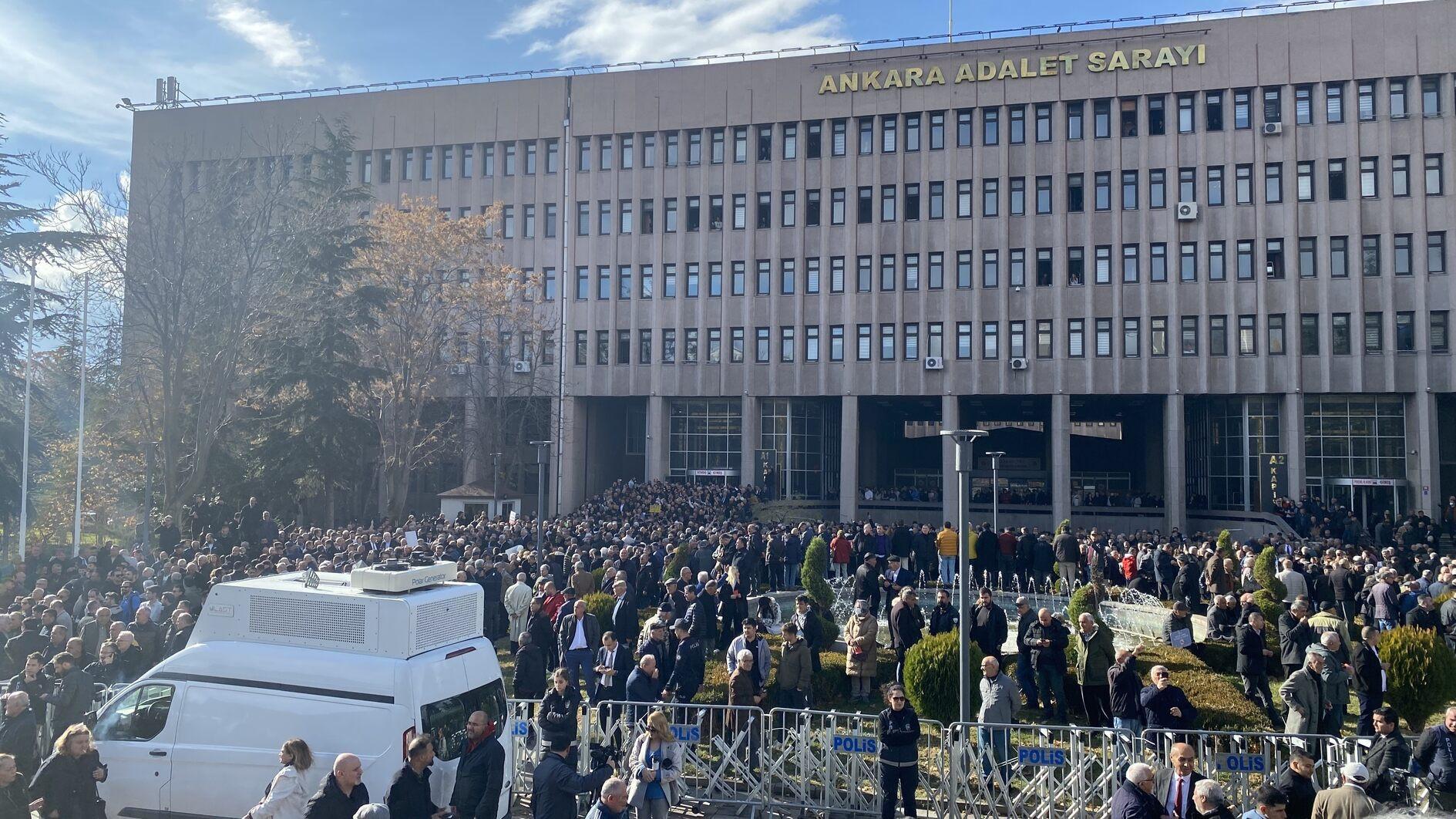MHP’s rise of March 30 has been halted
The southern province Osmaniye is the birthplace and constituency of Nationalist Movement Party (MHP) leader Devlet Bahçeli. In this sense, it a special place for the MHP.
Comparing the votes the MHP had gained during the local elections on March 30 and the presidential elections on Aug. 10, the party’s votes on local elections were 18,000 more than the ruling Justice and Development Party (AK Party) based on “city council” votes. Main opposition Republican People’s Party (CHP) also had around 38,000 votes in this province. When you add this to the MHP votes of 126,000, then the potential votes of the joint candidate Professor Ekmeleddin İhsanoğlu neared 165,000 in Osmaniye. Theoretically, if these two parties were able motivate their voters to the ballot box as they did on March 30, then İhsanoğlu would have had a major difference with AK Party candidate Recep Tayyip Erdoğan in this province.
It did not happen so. İhsanoğlu was able to make a difference of only 38 votes on the evening of Aug. 10 against Erdoğan. The joint candidate was only able to receive about 45,000 less of his theoretical total vote potential. Let us assume not even one CHP voter went to the polls Aug. 10. Even in this case, the votes of which we assume that all of them were coming from the MHP happened to be nearly 121,000. This figure is behind the MHP’s vote of 126,000 of March 30.
While the AK Party received around 108,000 votes in Osmaniye four months ago, on Aug. 10, with an increase of 12,000, it exceeded 120,000. In Osmaniye, 45,000 voters did not go to the polls to cast their votes.
The picture we see in Osmaniye has repeated itself in many other provinces in Anatolia. Another example is the Central Anatolian province Aksaray. In this town, the total of MHP and CHP votes decreased 38,000 on Aug. 10 compared to March 30; whereas, AK Party votes increased about 22,000.
An important eastern Anatolian province Erzurum also recorded a sharp decline for the joint candidate, almost 48,000 votes.
In another interesting trend, the AK Party has overtaken the total of CHP+MHP votes in places where it was far behind, as in Burdur and Amasya.
We see a decline in MHP votes in Anatolia where this party was leading. The low turnout is, of course, a factor, but certain increases in AK Party votes support the argument that a shift of MHP votes to the AK Party has occurred to a certain extent. In Central Anatolia and the Black Sea, especially, such undercurrents can be mentioned.
How can this decline from the MHP be explained? First of all, unfair election campaign circumstances should be noted. However, in addition to this, it is also true there was not a full-force mobilization in the MHP front as an organization, just as in the CHP, working for İhsanoğlu’s campaign.
The fact that İhsanoğlu was not as well-known as a very high-profile candidate, such as Erdoğan, in Anatolia was no doubt effective in the outcome. It can also be said that İhsanoğlu was not compatible with a segment of the MHP grassroots and another segment did not even have the time to get to know him. It should also not be forgotten that Erdoğan developed a systematic discourse during his campaign targeting the MHP grassroots aiming to dissolve these segments. The transitivity in the grassroots between the MHP and the AK Party has been confirmed once again, just like in the constitutional referendum of Sept. 12, 2010.
We can also come up with this argument: If the MHP did not have a joint candidate and nominated a candidate of its own, most probably it would have had a negative result on Erdoğan. For example, if the CHP candidate competed in the second round, most of the MHP votes would have gone to Erdoğan, putting the MHP in an awkward position. The joint candidate prevented the MHP from being caught in such an embarrassing position. The risk was shared with the CHP; an option that had better chances to win compared to nominating their own candidates.
On March 30, the MHP was the party that had the most significant hike. It was able to raise its votes from 5,715,000 in the 2011 elections to 7,909,000 on March 30, 2014, calculated as the city council votes of 51 provinces, plus 30 mega cities. The Aug. 10 elections stopped this rising trend in the MHP.
The test ahead of the MHP is to prove this fall is not related to conjuncture. While there are only 10 months before the general elections, we will all see whether or not the MHP will be able to overcome the effect of this turbulence.











